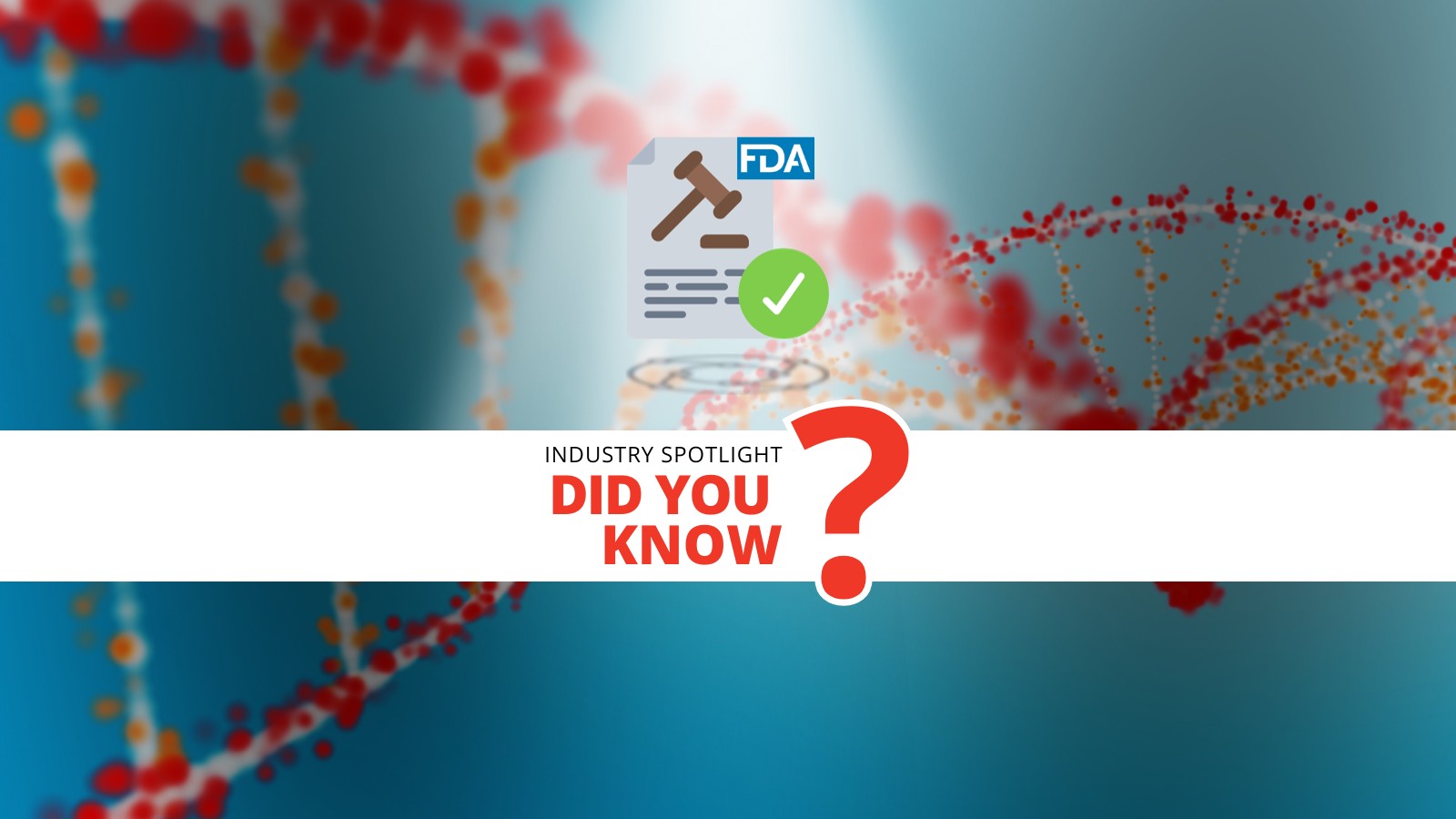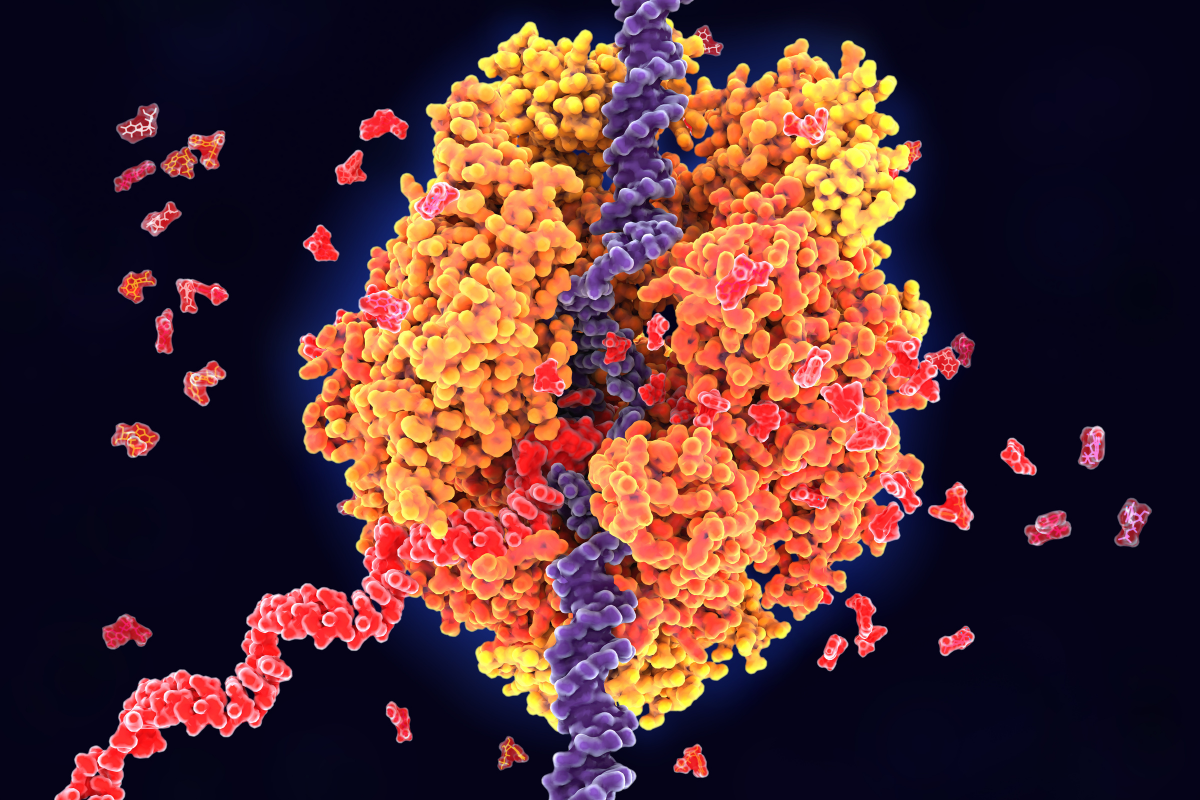How Do Regulatory Considerations Impact the Clinical Development of Oligonucleotide Therapies?

Oligonucleotide therapeutics are polymer chains of nucleic acids that interact with patient DNA to control gene expression. In recent years, they have gained significant attention as a promising approach to treat various genetic and rare diseases. They work by interfering with the genetic information flow within cells, which can be either blocking the expression of disease-causing genes or enhancing the expression of therapeutic genes.
- Revolutionizing Biologics: Unveiling the Challenges and Innovations in Large-Scale Oligonucleotide Synthesis
- Friedrich Miescher: The Pioneer of Nucleic Acid Discovery
- The Growing Potential for Antisense Oligonucleotide Therapy
There are many different types of oligonucleotides, such as antisense oligonucleotides (ASOs), small interfering RNAs (siRNAs), small hairpin RNAs (shRNAs), anti-micro RNAs (anti-miRNAs), aptamers, and more. In the US, oligos are regulated by the FDA and their Center for Drug Evaluation and Research (CDER)
As of September 2022 there have been 14 small nucleic acid-based oligonucleotide drugs approved by the FDA:
| Name | Approval Date | Category | Indications |
|---|---|---|---|
| Fomivirsen ( Vitravene? | Aug 1998 | ASO | Cytomegalovirus Retinitis |
| Pegaptanib (Macugen) | Dec 2004 | aptamer | Age-Related Macular Degeneration |
| Mipomersen (Kynamro) | Jan 2013 | ASO | Homozygous Familial Hypercholesterolemia |
| Defibrotide (Defitelio) | Mar 2016 | Mixture of ss-DNA and ds-DNA | Hepatic Veno-Occlusive Disease |
| Eleplinsen (ExondlysSI) | Sep 2016 | ASO | Duchenne Muscular Dystrophy |
| Musinersen (Spinraza) | Dec 2016 | ASO | Spinal Muscular Atrophy |
| Patisiran (Onpattro) | Aug 2018 | siRNA | Heterotrophic Transthyretin Amyloidosis |
| Nolersen (Tegsedi) | Jan 2018 | ASO | Hereditary Transthyretin Amyloidosis, Polyneuropathy |
| Givosiran (Givlaari) | Nov 2019 | siRNA | Acute Hepatic Porphyrias |
| Golodirsen (Vyondlys 53) | Dec 2019 | ASO | Duchenne Muscular Dystrophy |
| Viltolarsen (Viltepso) | Aug 2020 | ASO | Duchenne Muscular Dystrophy |
| Umasiran (Oxluno) | Nov 2020 | siRNA | Primary Hyperoxaluria Type 1 (PH1) |
| Inelisiran (LeqvioTM) | Dec 2021 | siRNA | Hypercholesterolemia |
| Casimersen ( Amondys 45) | Feb 2021 | ASO | Duchenne Muscular Dystrophy |
Despite this, the regulatory guidance for the quality control of oligonucleotide drugs is limited. Impurity reporting, identification, and qualification thresholds currently have no consensus by the regulatory bodies.
However, June 2022’s published draft guidelines did give us an indication as to the FDA’s thinking on the matter. This document commented on the clinical pharmacology considerations that should be made during characterization. Herein, drug-drug interactions, immunogenicity assessment, and assessments for QTc and organ impairment are all commented upon.
Although this guidance doesn’t introduce anything particularly new or surprising for researchers, it is a promising move for the development of the field. Hopes are that this welcome piece of clarity can be extended more extensively in pursuit of more comprehensive regulatory guidance in coming years. Until then, the best way to increase understanding of this emerging field is to sit tight and learn from the oligo therapies of the past.
Get your weekly dose of industry news and announcements here, or head over to our Biologics portal to catch up with the latest advances in targeted therapies. To learn more about our upcoming Biologics UK conference, visit our event website to download an agenda and register your interest.
Related Resources








